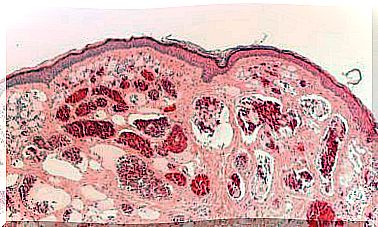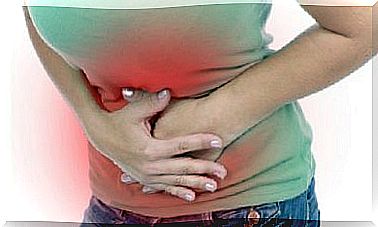What Is Hoarding Disorder?
Hoarding disorder is a psychiatric disorder characterized by the fact that the affected person conserves objects without control and in a chaotic way. It is estimated that between 2% and 6% of the world population suffers from this pathology.
The main problem is that their ability to function in a normalized way is altered, with social isolation and risks at home being frequent. In addition, it is common for these people to be unaware of their behavior and feel misunderstood by others.
Below we will tell you what this disorder consists of, as well as what its symptoms are, its possible causes and the diagnostic system used.
What is hoarding disorder?
In a strict sense, hoarding disorder is a psychiatric disorder manifested by an inability to get rid of possessions. It is a persistent difficulty in separating yourself from any kind of belongings.
The person affected has the idea that he should keep all his objects. Also, although these things do not have real value, the person experiences intense anguish at the possibility of not having them. Storage occurs because the ‘accumulators’:
- They think that the objects they keep will be useful to them in the future.
- They consider these elements as memories of happy times or that allow them to evoke loved people or situations.
- They experience a feeling of greater security in being surrounded by all of these things.
- They fear, in an irrational way, they are causing waste if they dispose of what is stored.

We are facing a mental problem that varies from mild to severe, with circumstances in which the accumulation of objects does not significantly alter life.
However, in other cases the situation involves considerable risks, such as the attraction of pests, the impact on social relationships or the danger of causing a fire.
Symptoms
Typically, the first symptoms of hoarding disorder appear in adolescence. It is often a private behavior that is not even noticeable in principle. However, it gradually becomes more intense and evident, these being its main symptoms:
- Excessive acquisition of objects that are not required and for which there is no space in the house.
- Persistent resistance to getting rid of such items, even though they do not have a target value.
- Deep need to save everything that is acquired and feeling of anguish at the possibility of getting rid of what is saved.
- Transformation of rooms and passageways into impassable and uninhabitable areas. The home becomes a kind of warehouse.
- Difficulties in planning or making decisions are also common.
Possible causes
Although hoarding disorder is more common in adults than in young people, no exact cause has been identified to explain its development.
Currently, research is directed towards genetic factors and stressful events as possible origins or correlates of this problem.
For example, a study led by scientists from the University of California (United States) highlights the influence that family history can have on the manifestation of this pathology.
However, the same authors also speak about the role played by other possible environmental variables, such as traumatic experiences (abuse, neglect, etc.).
Hoarding Disorder Diagnosis
Diagnosis is made primarily through an interview with the patient. This technique allows evaluating whether the disease criteria are present, inquiring into the quantity and quality of stored objects and the difficulty in disposing of them.

The first option is to talk to the patient himself. When this is not possible, the alternative is to go to relatives and acquaintances to provide information. Often the ‘hoarder’ does not recognize that he has a problem, so the testimony of others close to him is often crucial.
It is important to rule out the presence of other pathologies that cause symptoms similar to those of hoarding disorder. These include brain injuries, autism spectrum disorders, and some forms of dementia, as they represent conditions that are associated with similar clinical signs.
Knowledge of hoarding disorder
Like other mental conditions, this disorder has its own peculiar characteristics.
To the extent that we have accurate information about it, we can more easily detect some of its signals and help the affected person.
All in all, early diagnosis is a powerful tool in situations like these, so raising public awareness is also key to acting on time and initiating effective interventions.









